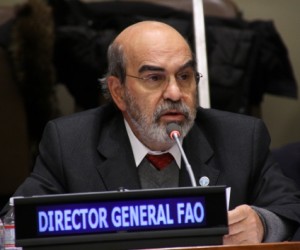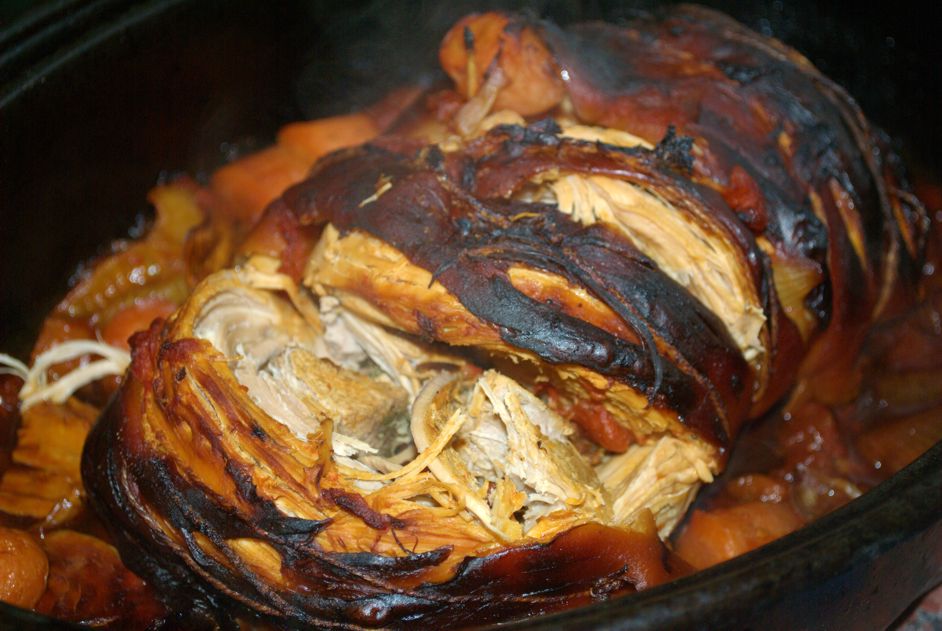
News Americas Now, NEW YORK, NY-29 January 2015 – A new plan to combat hunger in the Caribbean and Latin America presented by the United Nations Food and Agriculture Organization (FAO) is being considered for adoption at a summit of the region’s leaders taking place in the Costa Rican capital.
FAO Director-General José Graziano da Silva presented on Tuesday the new regional Plan for Food Security, Nutrition and Hunger Eradication by 2025 at the summit of the Community of Latin American and Caribbean States (CELAC) in San José, Costa Rica.
“This proposal is a tool to help CELAC countries design national plans to transform their commitment to eradicating hunger and extreme poverty in the region into a reality,” said Mr. Graziano da Silva, and later added via social media that CELAC leaders were considering the plan.
FAO, in a press release issued Tuesday, said: “The plan was developed by FAO – with support from the Latin American Integration Association (ALADI) and the Economic Commission for Latin America and the Caribbean (ECLAC) – at the request of CELAC governments.”
“It is based on four broad pillars: strategy coordination at the national and regional levels, with a special focus on gender issues; sustainably ensuring access to safe and nutritious foods; widening school feeding programmes with a priority on addressing all forms of malnutrition, from under-nutrition to obesity, and; tackling the challenges posed to food security by climate change,” according to FAO.
The plan seeks to identify and establish links that can generate “virtuous circles of development,” the food agency said, citing as an example linking family farming with school feeding programmes.
According to FAO, Latin America and the Caribbean represent the only region in the world which has collectively achieved the first Millennium Development Goal (MDG) of halving the proportion of people who suffer from hunger by 2015. And the region is set to reach the more stringent World Food Summit goal of halving the total number of undernourished people.








